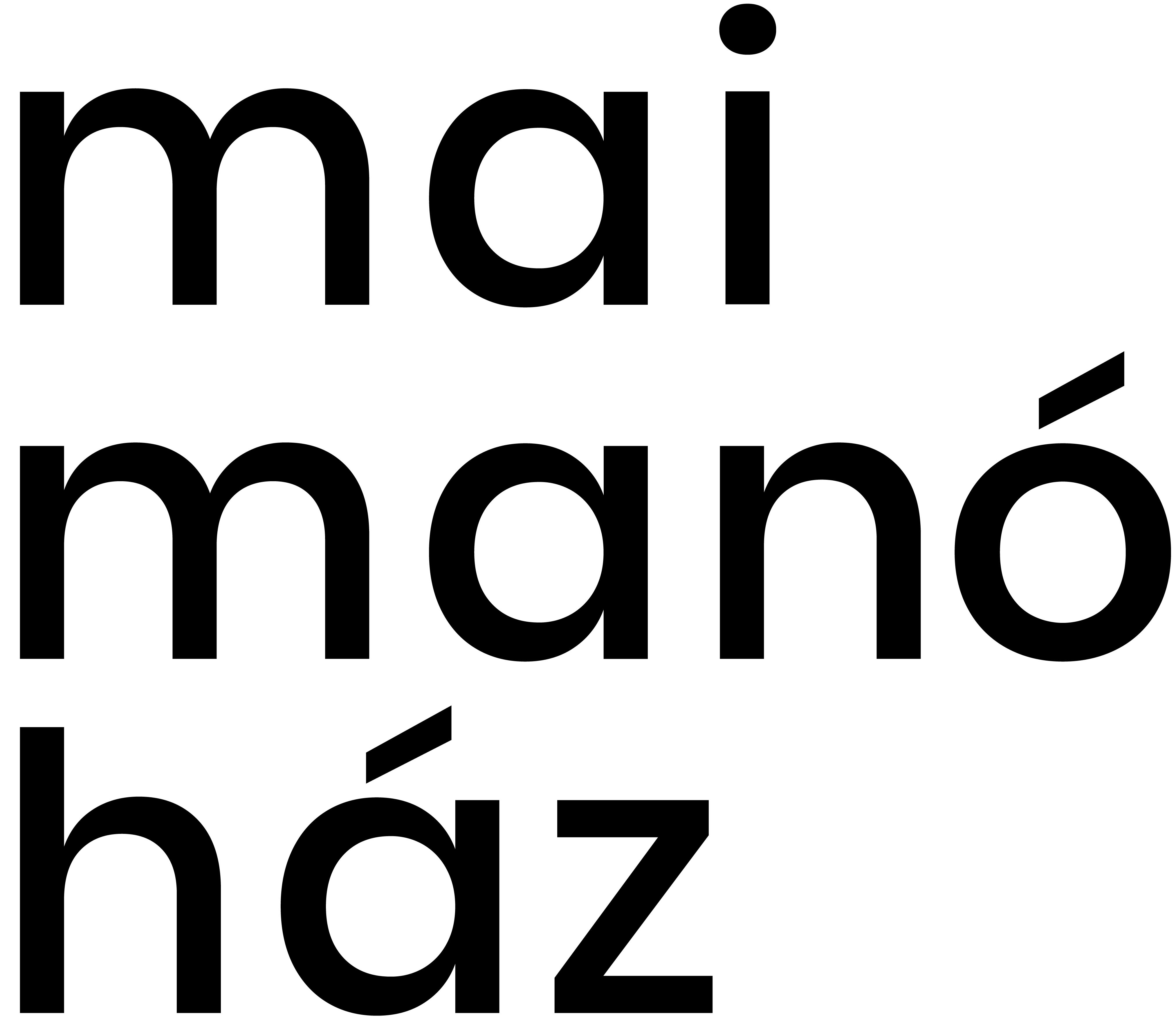Alíz Veronika Ács: WALPURG
Open to the public:
December 1, 2016 – January 8, 2017
weekdays: 2pm – 7pm
weekends: 11am - 7pm
Mai Manó House is closed on holidays.
No admission fee.
Curator: Gabriella Csizek
Pécsi József Photography Grant at the Mai Manó House
The Pécsi József Photography Grant is among the most important, challenging, and rewarding opportunities for young artists in contemporary photography. Over the 25 years since it was established in honor of József Pécsi photographer (1889-1956) in 1991, the grant, available for one-year periods for maximum three times, has provided the opportunity and support to a great number of excellent photographers to develop subjects current in form and content alike, and present them in an exhibition accompanied by a catalog, realizing an important stage in their artistic career.
For 16 years, Mai Manó House has been representing the recipients of the Pécsi József Photography Grant with professional responsibility. Since 2000, the Mai Manó House also is the organizer of the grantees’ showcase exhibitions.
Alíz Veronika Ács: WALPURG
There are works which build on observation as one way of understanding the world.
Alíz Ács’s works are good examples of such approach. She focuses on making the invisible visible.
Her personal involvement provided the starting point for her work: when her great-grandparents died, as she was searching for the surviving past among the objects of the now-uninhabited house,
she began to seek the supernatural as well. As she was discovering the various traces of the departed still living on, she achieved transcendental experiences.
As a result, her subjects and her visual realization can be understood as a magical process. She considers a photographic image as the soul-imprint of the personality and makes a variety of gestures on the photographically ready, already enlarged image. She finishes her photos by applying the signs of being chosen, which also mean being cast off at the same time. Experimentation plays a great role in her creative process; not only does she stage the situation in front of the camera, but she also chooses different material, surface, or medium for the finished enlargement. Her process then is followed by the destruction of the image, making each and every photo irreproducible and unique.
The exhibition selects from two series: WITCH, the series completed first, which was followed by large portraits, leading to WALPURG – also the name of the exhibit.
Gabriella Csizek curator





The antecedent to the WALPURG project is one of my works from a few years ago in which I visited the uninhabited and intact homes of my long-deceased relatives: I examined the role of personal objects in memory and how an everyday site can become a sacred space. Then my interest turned towards transcendental experiences and hidden intuitions, and I became occupied with the mystery of human life, which ushered my future work towards a particular theoretical perspective and a conscious creative style.
I investigate the levels of meanings of such archetypal motifs as death, sacrifice, remembrance or femininity. In creating my pieces, my main tools include the expressive use of color, highlighting unique gestures, and mixing various, unusual techniques, which assist the expression of symbolic content.
My series WITCH is characterized by an experimental approach and the mapping of archaic patterns (which still exist in today’s world in different forms). Based on the subject of witchcraft, the series presents victimization and the loss of identity through the physical destruction of images. I visualized the features of witchcraft related to physical aggression and had, as such, the motif of destruction appear in the subsequent manual destruction of the photos as well. Many times I used the tear gesture invoking the permanent marks, the scars of violence, while I also often employed intense colors to recall smoldering fire, the burning at the stake. It is essential for me that the created image is irreproducible, unrepeatable.
Following these tracks, the WALPURG series was created, incorporating former ideas and implementations as well. I continue to focus on witchcraft, highlighting its features of women’s strength, heroism, becoming a victim, and the loss of identity through the physical destruction of the images. Characteristics of witchcraft connected with physical aggression are reflected in the subsequent manual manipulation of the images. I created pieces that follow through with the thematic arc and specifically address further technical experiments. Continuing and supplementing the theme, facial details also appear besides the icon-like portraits of women, as well as the symbol of the hand as, in my opinion, the most important element. The hand is the tool of making contact, or of support. A truncated hand can also mean the complete annihilation of the enemy. Its gestures indicate different meanings, ranging from prayer through purification to intense meditation. The hand retains some of the most complex associations and invokes memories, while at the same time it can be a symbol for a person as well. It represents togetherness and creation.
Alíz Ács
No admission fee.
